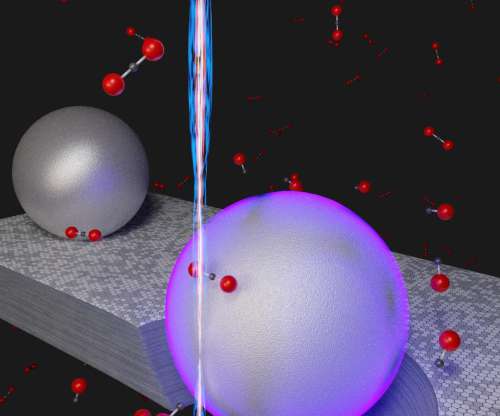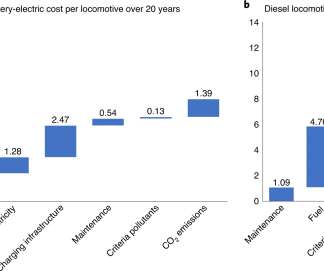New process uses localized surface plasmons for room-temperature conversion of CO2 to CO
Green Car Congress
NOVEMBER 3, 2020
Researchers at the National Institute of Standards and Technology (NIST) and their colleagues have demonstrated a room-temperature method that could significantly reduce carbon dioxide levels in fossil-fuel power plant exhaust, one of the main sources of carbon emissions in the atmosphere. Credit: NIST.

































Let's personalize your content